Home>Furniture & Design>Outdoor Furniture>How To Take Care Of Outdoor Plants
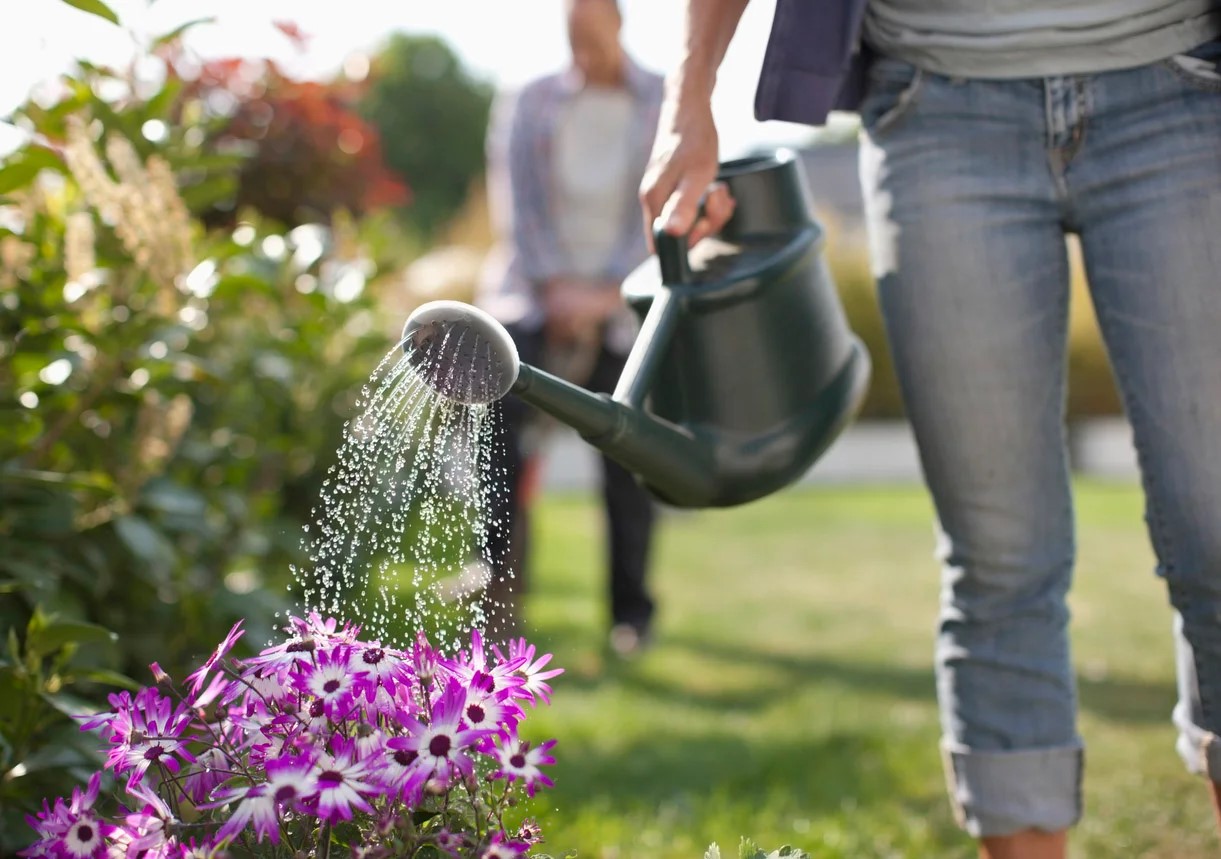

Outdoor Furniture
How To Take Care Of Outdoor Plants
Published: January 15, 2024
Discover expert tips for caring for your outdoor plants and maintaining your outdoor furniture and design. Learn how to keep your outdoor space thriving and beautiful.
(Many of the links in this article redirect to a specific reviewed product. Your purchase of these products through affiliate links helps to generate commission for Storables.com, at no extra cost. Learn more)
**
Introduction
**
When it comes to enhancing the beauty of outdoor spaces, few things can rival the charm and vitality that outdoor plants bring. Whether adorning a patio, balcony, or garden, outdoor plants not only elevate the visual appeal of the surroundings but also contribute to a serene and refreshing ambiance. However, to ensure that these botanical companions thrive and flourish, it is essential to provide them with the care and attention they deserve. In this comprehensive guide, we will delve into the various aspects of nurturing outdoor plants, from selecting the right species to safeguarding them from pests and diseases. By the end of this journey, you will be equipped with the knowledge and confidence to cultivate a vibrant and flourishing outdoor oasis. So, let's embark on this green-fingered adventure and unlock the secrets to nurturing and maintaining stunning outdoor plants.
Key Takeaways:
- Choose outdoor plants that match your local climate, soil, and sunlight. This sets the foundation for a thriving garden.
- Provide consistent sunlight, water, and nutrients to nurture resilient outdoor plants. Embrace pruning and protect against pests for a flourishing oasis.
Read more: How To Take Care Of Outdoor Plants In Summer
Choosing the Right Outdoor Plants
Before diving into the intricacies of plant care, it is crucial to begin with the foundation: selecting the right outdoor plants. The success of your outdoor oasis hinges on choosing plant species that are well-suited to the local climate, soil conditions, and available sunlight. Consider the following factors when making your selections:
- Climate Compatibility:** Prioritize plants that thrive in your specific climate zone. Whether you experience scorching summers, frigid winters, or a combination of both, opt for species that can withstand the local weather patterns.
- Soil Adaptability:** Assess the soil composition in your outdoor space. Some plants prefer well-draining soil, while others thrive in moisture-retentive earth. Understanding your soil type will guide you in choosing plants that can acclimate to these conditions.
- Sunlight Requirements:** Take note of the amount of sunlight your outdoor area receives throughout the day. Whether it is full sun, partial shade, or full shade, different plants have varying sunlight needs, and it is essential to match these requirements with your outdoor environment.
- Aesthetic Appeal:** Consider the visual impact you wish to achieve. Whether you prefer vibrant blooms, lush foliage, or a combination of both, select plants that align with your aesthetic preferences and complement the overall design of your outdoor space.
By carefully considering these factors, you can curate a diverse and resilient selection of outdoor plants that will thrive in their designated environment. Remember, the key to a flourishing outdoor garden begins with choosing the right plants from the outset.
Providing Adequate Sunlight
Just as sunlight is essential for our well-being, it plays a pivotal role in the growth and vitality of outdoor plants. Understanding the sunlight requirements of your green companions is crucial for ensuring their health and vibrancy. Here are some key considerations for providing adequate sunlight to your outdoor plants:
- Sun Exposure: Different plants have varying needs when it comes to sunlight exposure. While some thrive in full sun, others prefer partial shade or full shade. Take note of the sunlight patterns in your outdoor space and strategically place plants according to their specific requirements.
- Orientation: The orientation of your outdoor area, whether it faces north, south, east, or west, influences the intensity and duration of sunlight. This orientation can impact the microclimates within your outdoor space, creating areas of varying sun exposure. Understanding these nuances will help you position your plants optimally.
- Shade Management: In spaces where direct sunlight may be limited, consider utilizing shade structures, such as pergolas or umbrellas, to create pockets of shade for plants that thrive in partial or full shade conditions.
- Seasonal Adjustments: Be mindful of how sunlight patterns shift with the changing seasons. As the angle of the sun alters throughout the year, certain areas of your outdoor space may receive more or less sunlight. Adjust the placement of your plants accordingly to accommodate these seasonal variations.
By conscientiously addressing the sunlight needs of your outdoor plants, you can optimize their growth and overall well-being. Remember, sunlight is nature’s nourishment, and by harnessing its power, you can cultivate a flourishing tapestry of outdoor greenery.
Watering Outdoor Plants
Water is the elixir of life for outdoor plants, and providing the right amount at the right time is crucial for their health and vigor. Effective watering practices contribute to robust root development, lush foliage, and vibrant blooms. Here are essential guidelines for watering your outdoor plants:
- Consistency is Key: Establish a regular watering schedule to maintain consistent moisture levels for your plants. This is especially important during the growing season when adequate hydration is essential for sustained growth.
- Observe Soil Moisture: Before watering, assess the moisture level of the soil. Insert your finger into the soil to gauge its dampness. If it feels dry to the touch, it’s time to water. However, if the soil is still moist, hold off on watering to prevent waterlogging.
- Deep Watering: When you do water, ensure that the moisture penetrates deeply into the soil. Shallow watering can lead to shallow root systems, making plants more susceptible to drought stress. Aim to moisten the soil to the depth of the plant’s root zone.
- Morning Watering: Whenever possible, water your outdoor plants in the morning. This allows excess moisture to evaporate during the day, reducing the risk of fungal diseases that thrive in damp conditions.
- Mulching: Applying a layer of organic mulch around your plants helps conserve soil moisture by reducing evaporation. Additionally, mulch acts as a protective barrier, shielding the soil and roots from extreme temperatures.
By adhering to these watering practices, you can nurture resilient and thriving outdoor plants that are well-equipped to withstand the challenges of varying weather conditions.
Fertilizing Outdoor Plants
While soil provides essential nutrients for outdoor plants, regular fertilization is paramount for maintaining their vitality and promoting robust growth. Fertilizers supplement the soil with crucial elements that may be lacking, ensuring that your plants receive a well-rounded diet. Here’s what you need to know about fertilizing outdoor plants:
- Understanding Nutrient Needs: Different plants have varying nutrient requirements. Before applying fertilizer, familiarize yourself with the specific needs of each plant species in your outdoor space. This knowledge will guide you in selecting the appropriate type of fertilizer and determining the optimal application frequency.
- Types of Fertilizers: Fertilizers come in various formulations, including granular, liquid, and slow-release options. Each type has its advantages, and the choice depends on factors such as the plant’s growth stage, soil composition, and the immediacy of nutrient uptake.
- Application Timing: Fertilize your outdoor plants during their active growth periods, typically in spring and early summer. Avoid fertilizing in late summer and fall, as this can stimulate new growth that may be vulnerable to frost damage as winter approaches.
- Even Distribution: When applying fertilizer, ensure even distribution to prevent concentrated doses that can harm roots or lead to uneven growth. Follow the recommended application rates provided on the fertilizer packaging to achieve balanced and effective nourishment.
- Watering After Fertilization: After applying fertilizer, water the plants thoroughly. This aids in the dissolution of the nutrients and their subsequent absorption by the roots, ensuring that the plants can make the most of the added nourishment.
By incorporating fertilization into your plant care routine, you can bolster the overall health and resilience of your outdoor plants, fostering a flourishing and verdant outdoor sanctuary.
Tip: Water outdoor plants in the morning to reduce evaporation and prevent mold and mildew. This also gives the plants time to dry before nightfall, reducing the risk of disease.
Pruning and Trimming
Pruning and trimming are essential horticultural practices that not only maintain the aesthetic appeal of outdoor plants but also contribute to their overall health and vitality. By judiciously removing dead or overgrown foliage, you can stimulate new growth, enhance flowering, and shape the form of your plants. Here are key insights into the art of pruning and trimming outdoor plants:
- Deadheading: Regularly remove spent flowers through deadheading to encourage continuous blooming and prevent the plant from expending energy on seed production. This practice promotes the proliferation of fresh blooms, prolonging the visual splendor of your outdoor space.
- Removing Diseased or Damaged Parts: Prune away any diseased, damaged, or decaying sections of the plants to prevent the spread of infections and maintain the plant’s vigor. Prompt removal of afflicted areas can halt the progression of diseases and safeguard the overall health of the plant.
- Shaping and Training: Pruning allows you to sculpt the growth of your plants, shaping them into desired forms and enhancing their structural integrity. Additionally, it facilitates the training of climbing or vining plants, guiding their growth along trellises or supports to create visually captivating displays.
- Timing: Understand the optimal timing for pruning specific plant species. While some plants benefit from early spring pruning to stimulate new growth, others may fare better with late-winter or early-fall pruning to maintain their form and vigor.
- Tools and Techniques: Utilize sharp, clean pruning tools to make precise cuts that promote rapid healing and reduce the risk of disease transmission. Familiarize yourself with pruning techniques tailored to different plant varieties to ensure that you execute the process with precision and care.
By embracing the art of pruning and trimming, you can sculpt a verdant tapestry of outdoor greenery that exudes vitality, elegance, and enduring charm.
Protecting Outdoor Plants from Pests and Diseases
Guarding your outdoor plants against the perils of pests and diseases is paramount in sustaining their health and vibrancy. Vigilant monitoring and proactive measures are instrumental in preventing and mitigating potential threats. Here’s how you can shield your green companions from these adversaries:
- Regular Inspections: Routinely inspect your outdoor plants for any signs of pest infestation or disease development. Early detection allows for prompt intervention, minimizing the impact on plant health.
- Cultural Practices: Foster plant resilience through proper cultural practices, such as maintaining optimal soil moisture, providing adequate sunlight, and avoiding overcrowding, which can create favorable conditions for pest and disease proliferation.
- Natural Predators and Beneficial Insects: Encourage the presence of natural predators and beneficial insects, such as ladybugs and lacewings, which help control pest populations. Cultivating a diverse and balanced ecosystem in your outdoor space can aid in pest management.
- Organic Pest Control: Embrace organic pest control methods, such as neem oil, insecticidal soaps, and horticultural oils, to combat pests while minimizing harm to beneficial organisms and the environment.
- Disease-Resistant Varieties: When selecting plants for your outdoor space, prioritize disease-resistant varieties whenever possible. These cultivars exhibit heightened resistance to common diseases, reducing the likelihood of infestations and the need for extensive interventions.
- Sanitation: Remove and dispose of any diseased or infested plant material to prevent the spread of pathogens. Regularly clean and sanitize gardening tools and equipment to hinder the transmission of diseases between plants.
By implementing these protective measures, you can fortify your outdoor plants against the onslaught of pests and diseases, fostering a thriving and resilient botanical haven.
Winterizing Outdoor Plants
As the seasons transition and the frosty embrace of winter approaches, it is crucial to prepare your outdoor plants for the challenges posed by the cold and inclement weather. Winterizing your green companions is essential for safeguarding their well-being and ensuring their resilience. Here are vital steps to winterize your outdoor plants:
- Mulching: Apply a generous layer of mulch around the base of your plants to insulate the soil, regulate soil temperature, and mitigate the effects of freezing and thawing cycles. Mulch acts as a protective blanket, shielding the roots from extreme temperature fluctuations.
- Hydration and Protection: Ensure that your plants enter the winter season adequately hydrated. Water them thoroughly before the ground freezes to provide a moisture reserve for the dormant period. Additionally, consider using protective coverings, such as burlap or frost cloths, to shield vulnerable plants from harsh winds and frost damage.
- Pruning and Clean-Up: Trim away any dead or diseased foliage before winter sets in. Pruning helps eliminate potential entry points for pests and diseases while promoting a tidy and healthy start for the following growing season.
- Container Plants: If you have potted plants, consider relocating them to sheltered areas, such as a garage or covered porch, to shield them from the full brunt of winter weather. Alternatively, insulate the pots with materials like bubble wrap to protect the roots from freezing temperatures.
- Cold-Hardy Varieties: Prioritize the selection of cold-hardy plant varieties that are well-suited to withstand the rigors of winter. These resilient plants exhibit natural adaptations that equip them to thrive in colder climates, reducing the need for extensive winterization efforts.
- Monitoring and Maintenance: Periodically check on your winterized plants throughout the season, especially after severe weather events. Assess their condition and make any necessary adjustments to their protective coverings or insulation to ensure their continued well-being.
By conscientiously winterizing your outdoor plants, you can fortify them against the harsh elements, nurturing their resilience and setting the stage for a vibrant resurgence when the warmth of spring returns.
Conclusion
Embarking on the journey of nurturing and maintaining outdoor plants is a rewarding endeavor that enriches both the environment and the soul. By carefully selecting suitable plant varieties, providing essential elements such as sunlight, water, and nutrients, and implementing protective measures, you can cultivate a flourishing outdoor oasis that captivates the senses and rejuvenates the outdoor space.
As you tend to your green companions, remember that each plant has its own story to tell, unfolding through the seasons with its unique growth and blooming patterns. Embrace the art of pruning and shaping, infusing your outdoor sanctuary with elegance and allure. Protect your plants from the threats of pests and diseases, fostering a harmonious and resilient ecosystem. And as winter approaches, prepare your botanical allies for the challenges ahead, ensuring their vitality and fortitude through the colder months.
Ultimately, the care and attention you invest in your outdoor plants yield a bountiful tapestry of natural beauty that transforms your outdoor space into a sanctuary of tranquility and charm. The symphony of colors, textures, and fragrances woven by your green companions creates an enchanting backdrop for relaxation, contemplation, and joyful gatherings.
So, as you embark on this green-fingered adventure, may your outdoor plants flourish and thrive, infusing your surroundings with the timeless allure of nature’s splendor. With each nurturing gesture, you contribute to the enduring tapestry of life, enriching the world one leaf, one bloom, and one verdant embrace at a time.
Frequently Asked Questions about How To Take Care Of Outdoor Plants
Was this page helpful?
At Storables.com, we guarantee accurate and reliable information. Our content, validated by Expert Board Contributors, is crafted following stringent Editorial Policies. We're committed to providing you with well-researched, expert-backed insights for all your informational needs.
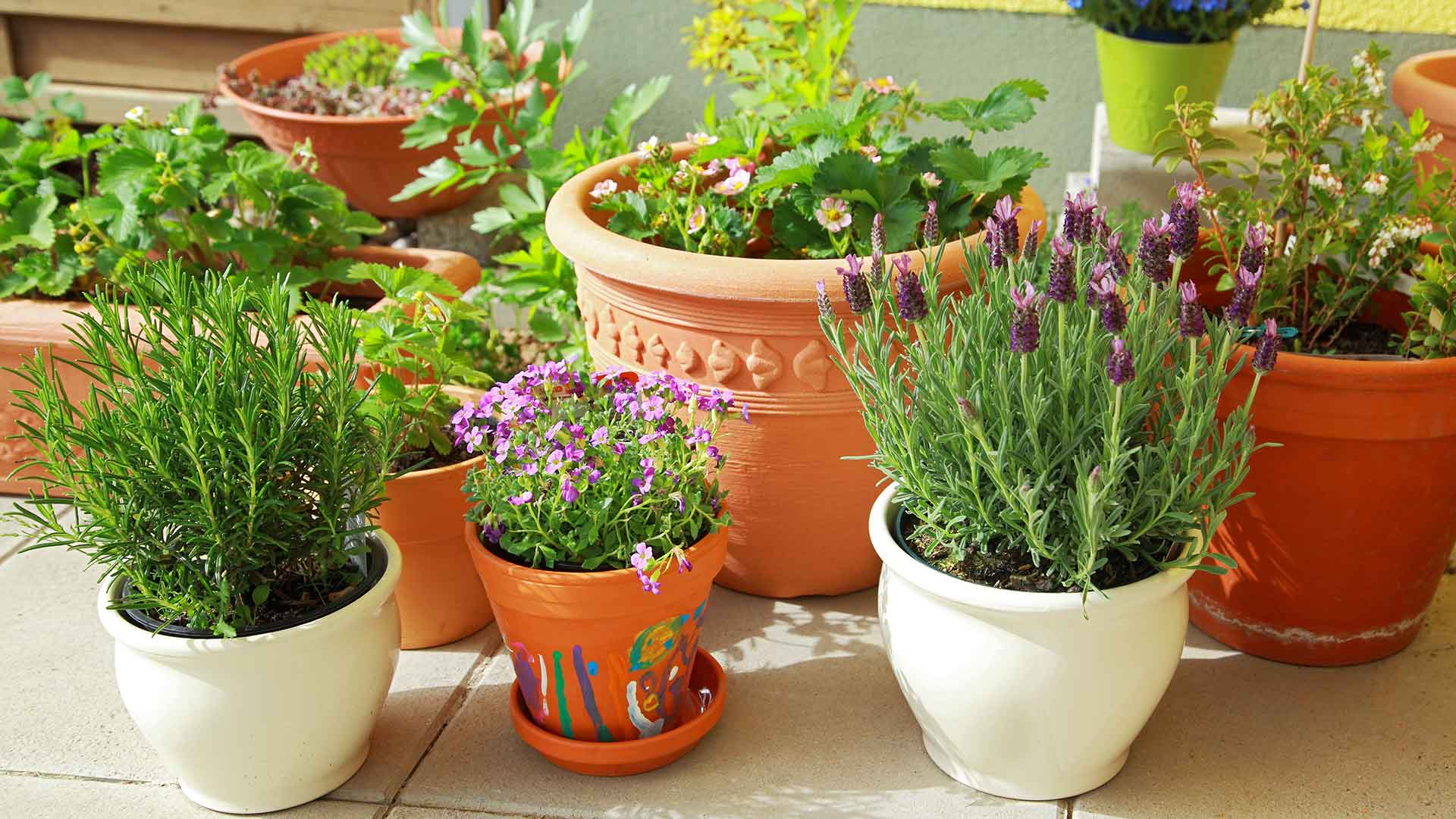

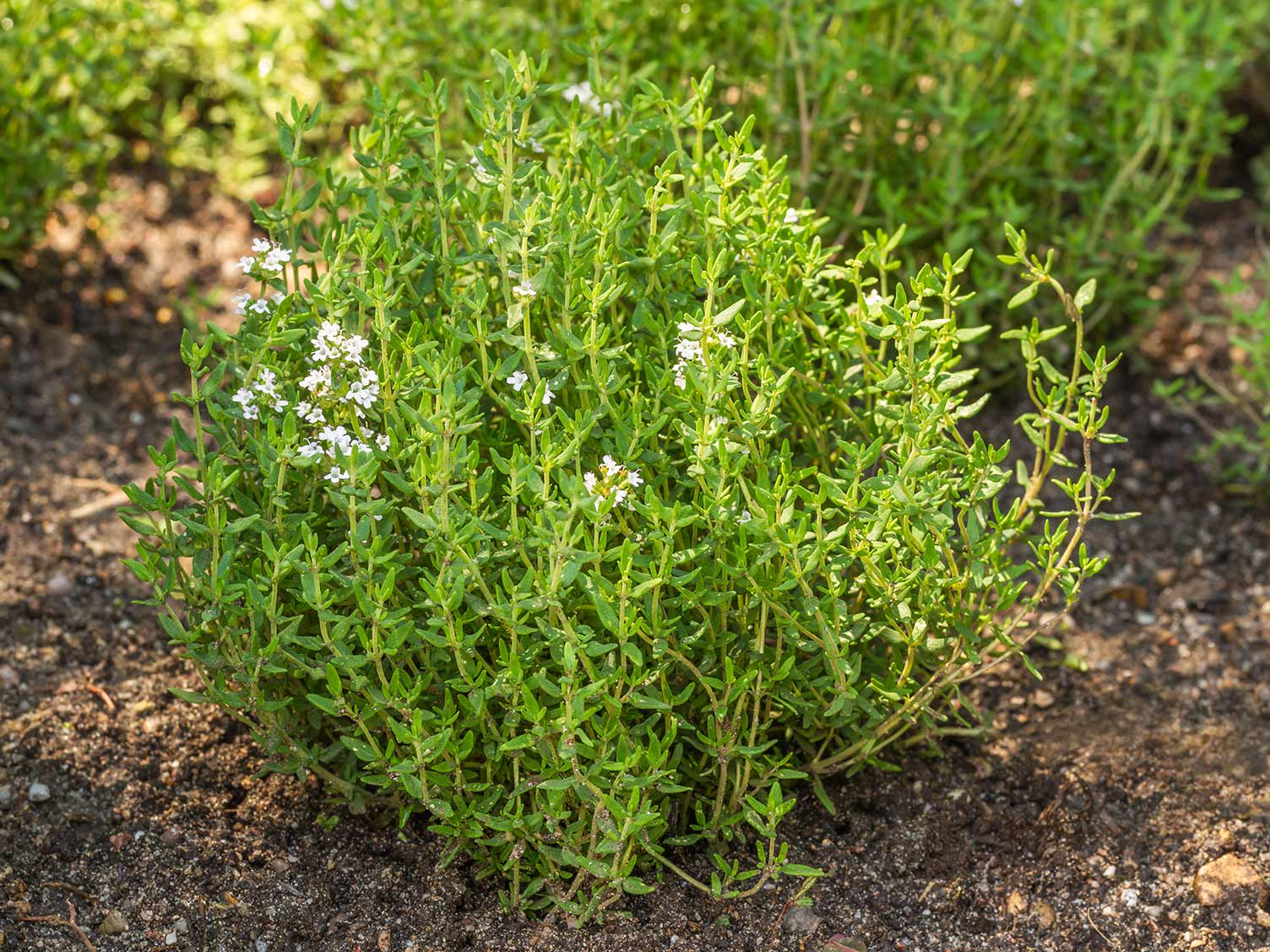
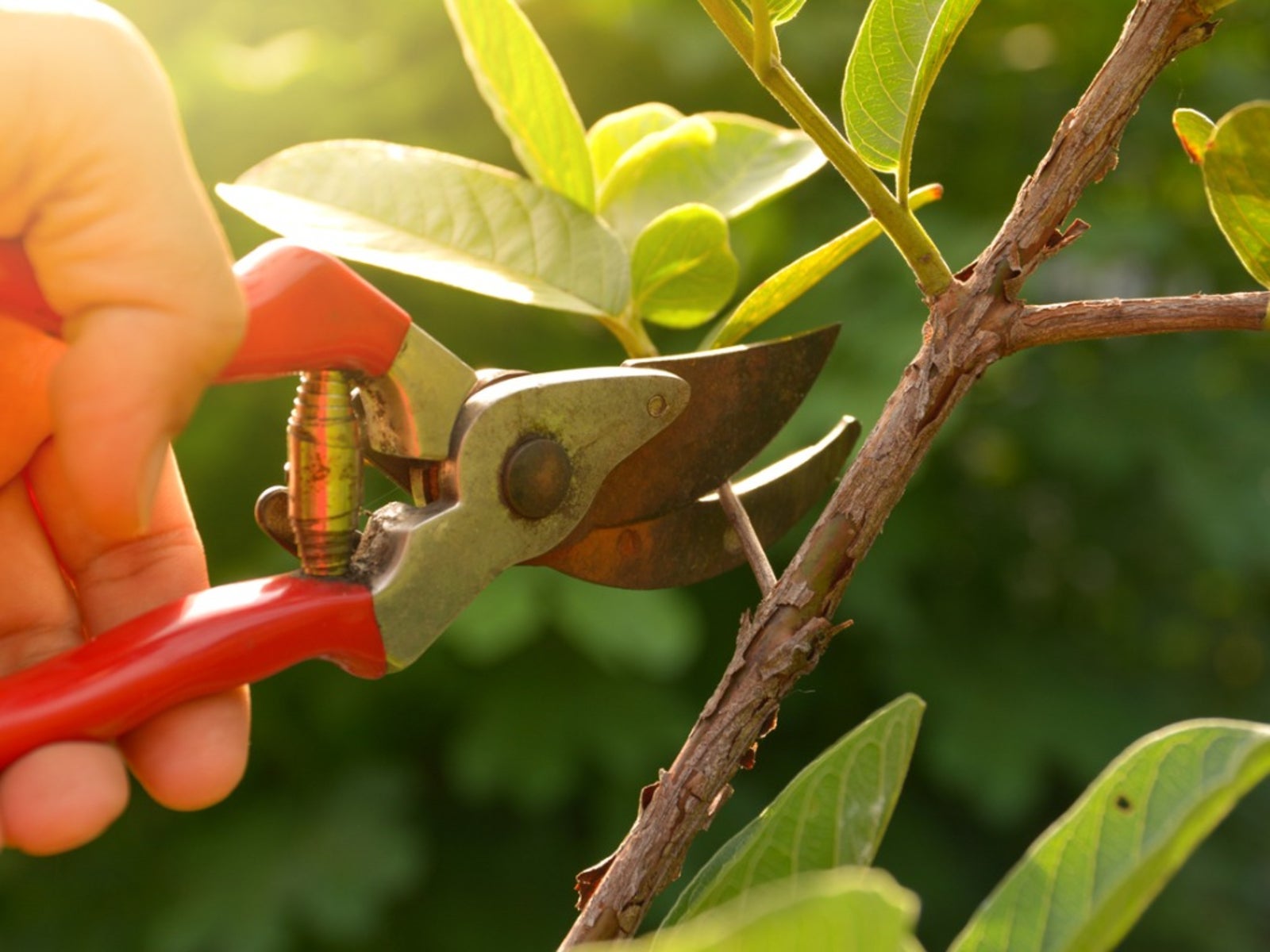
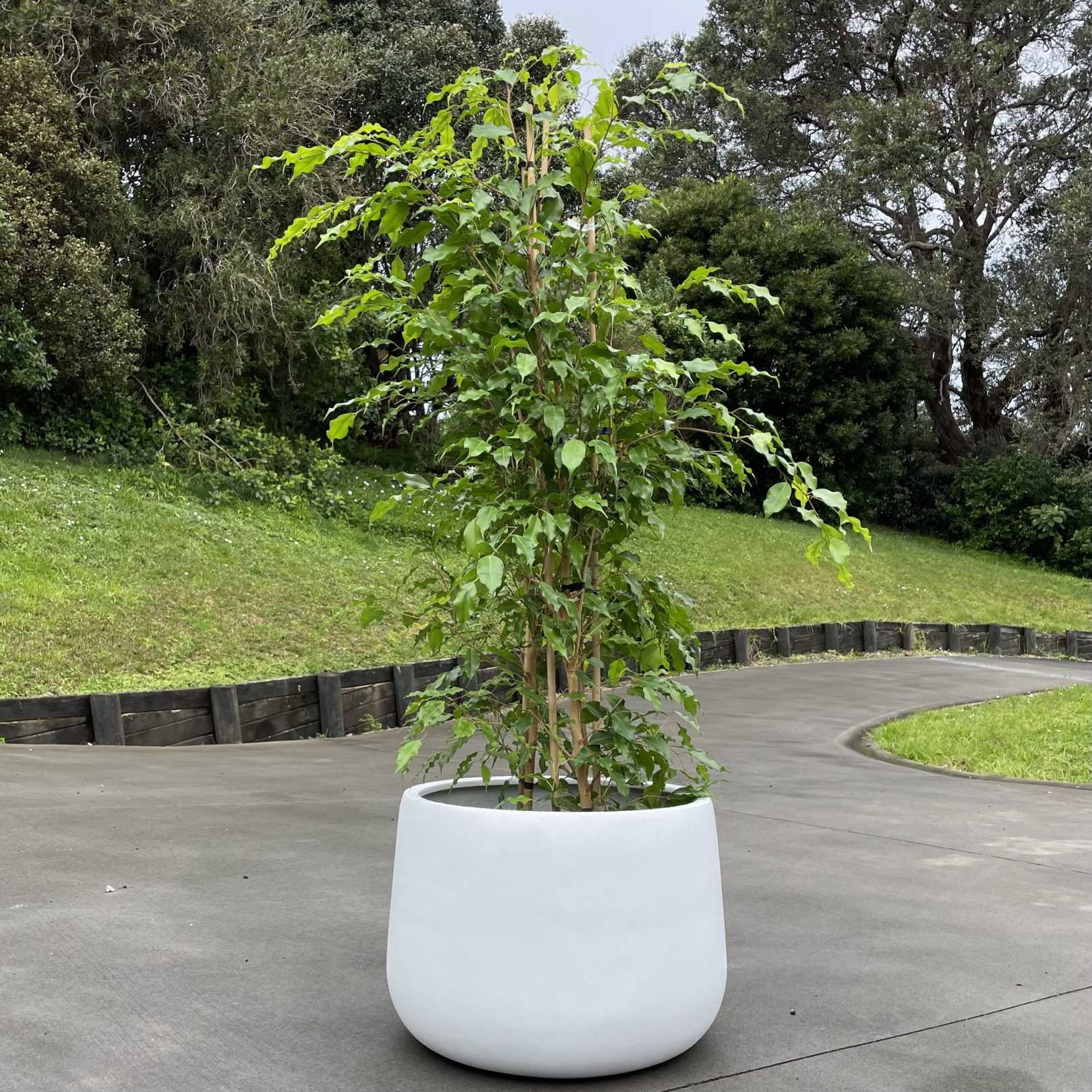
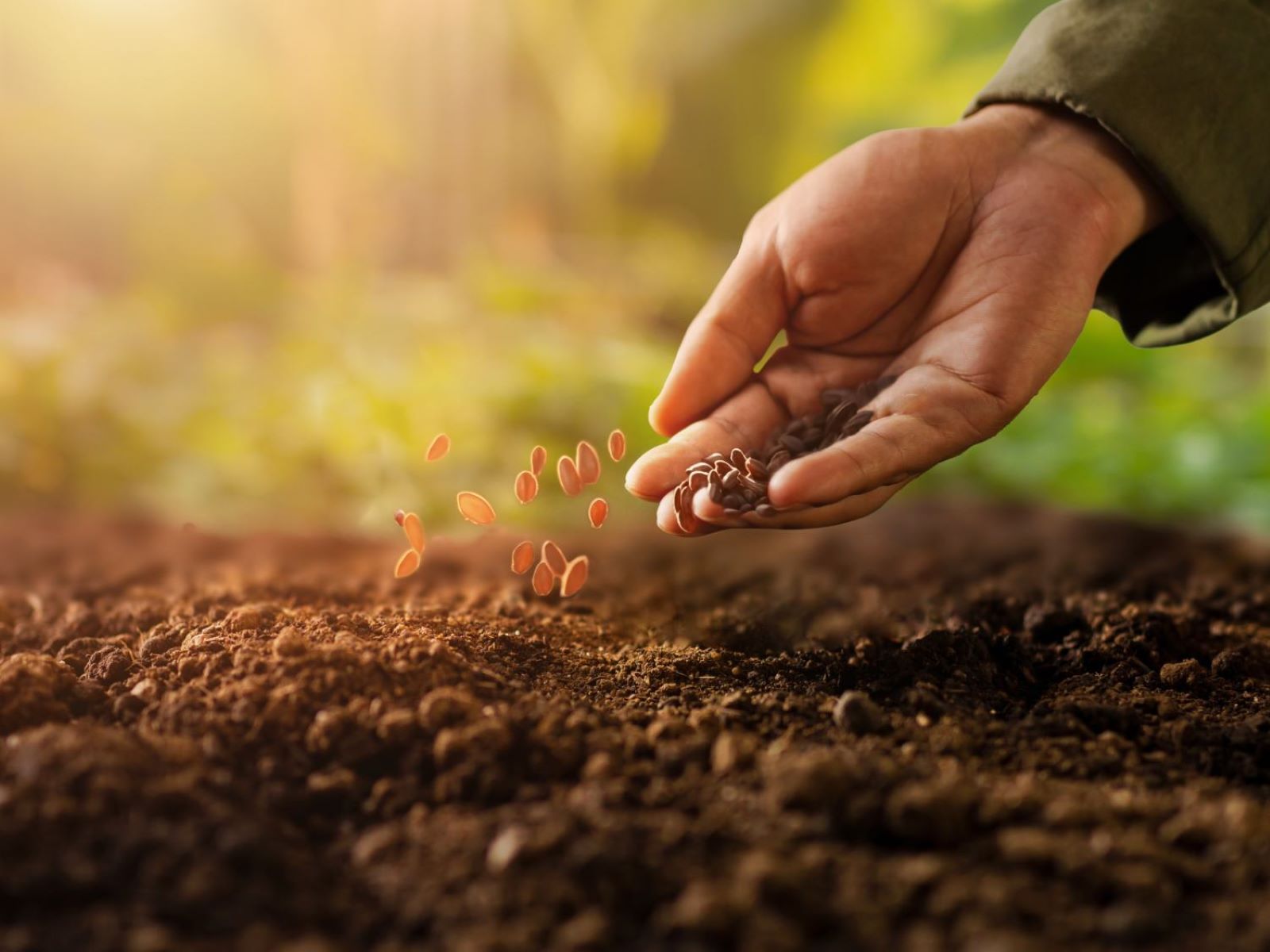
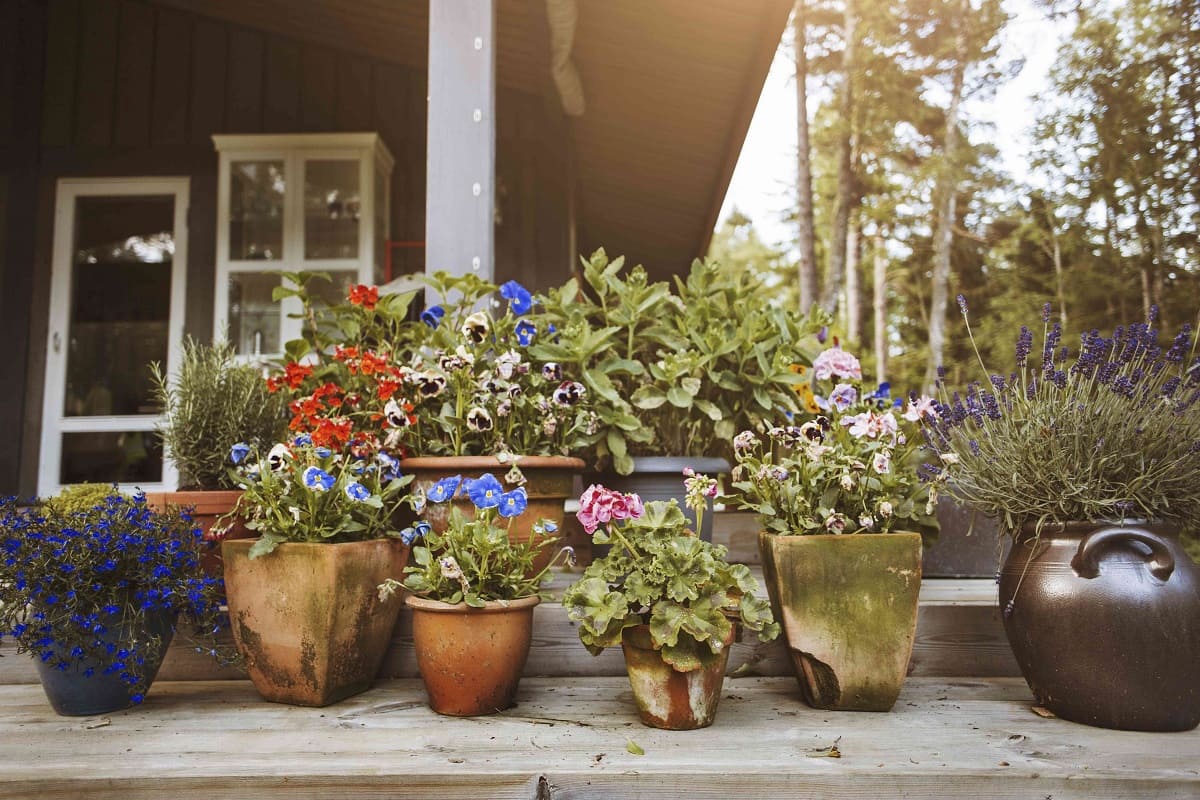
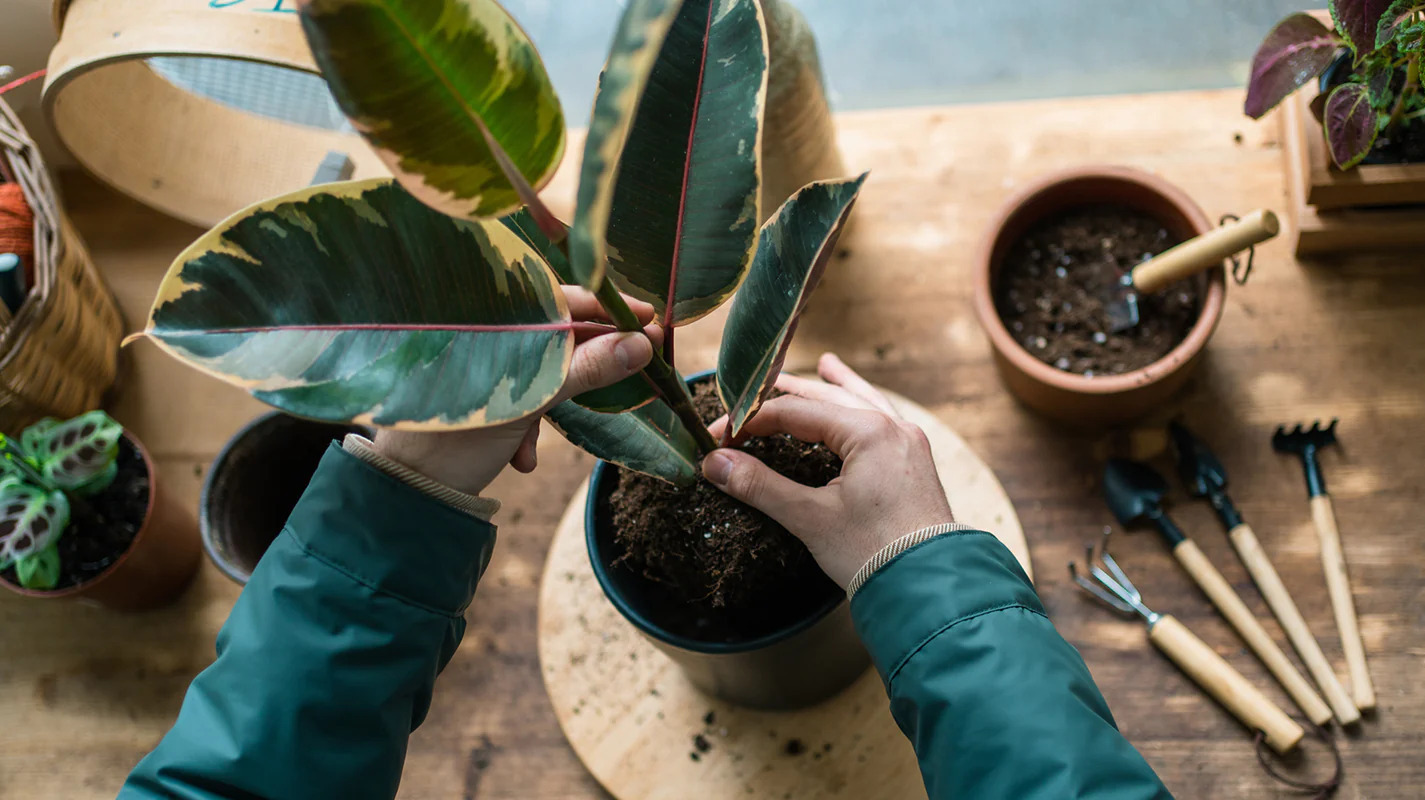
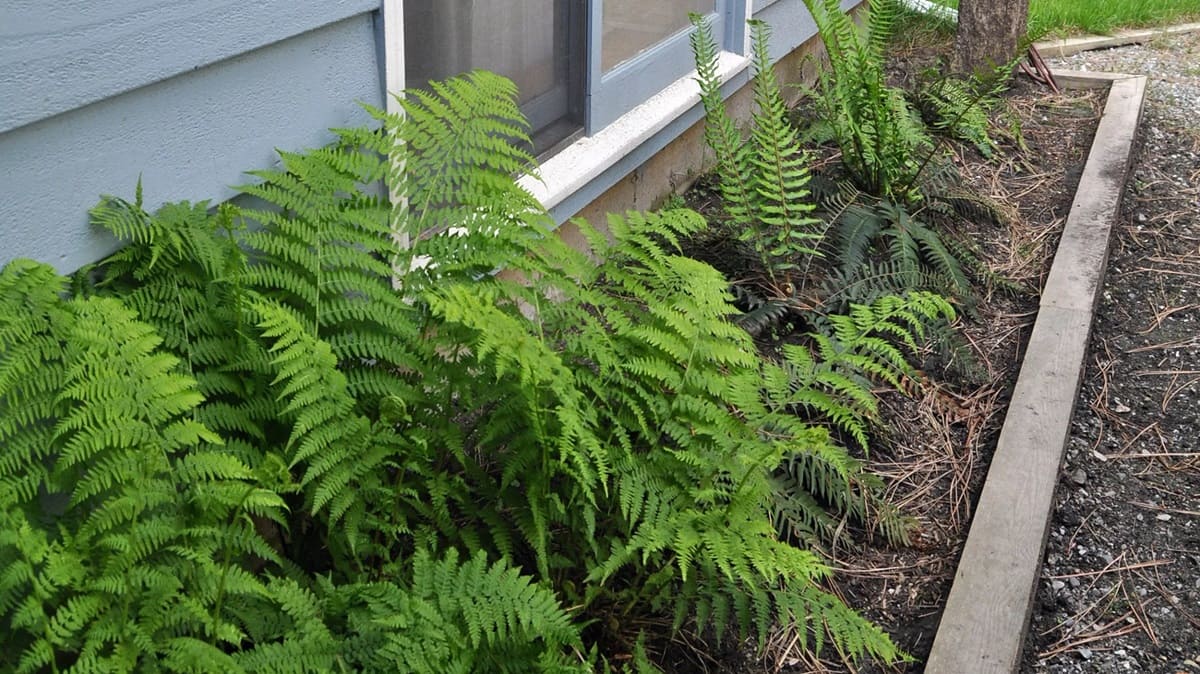



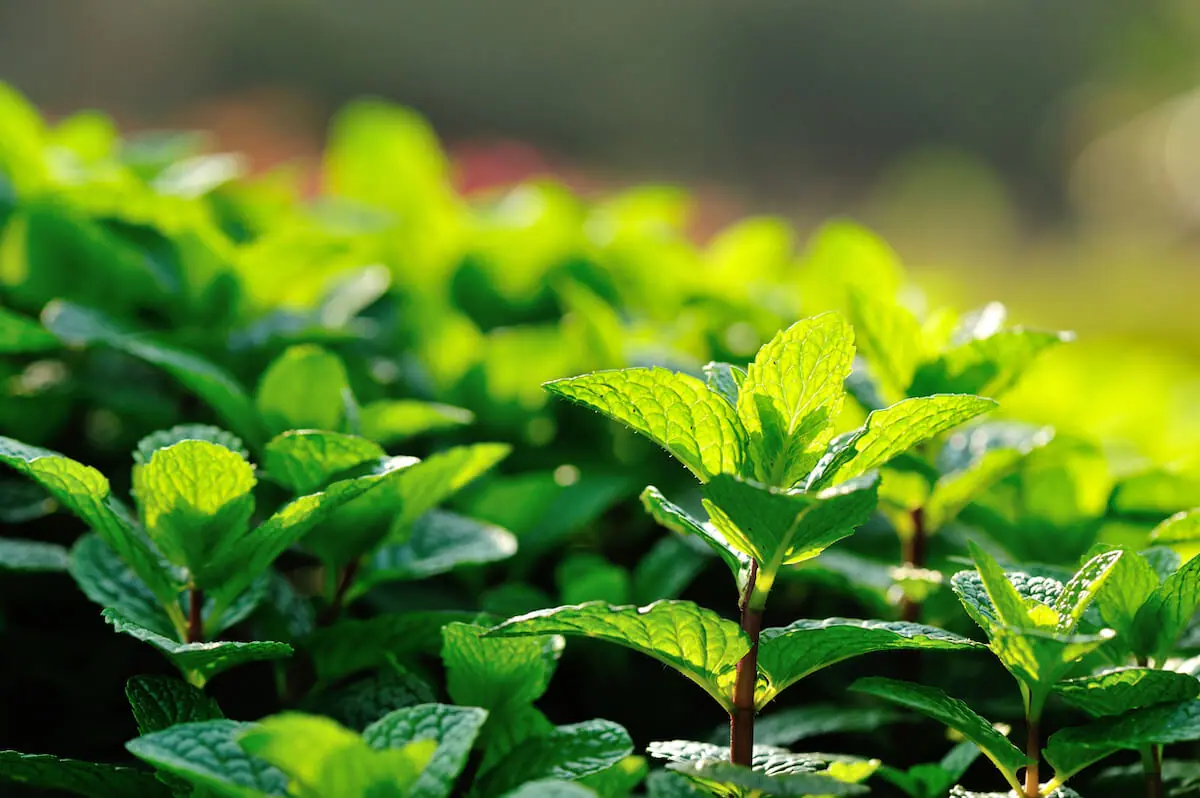
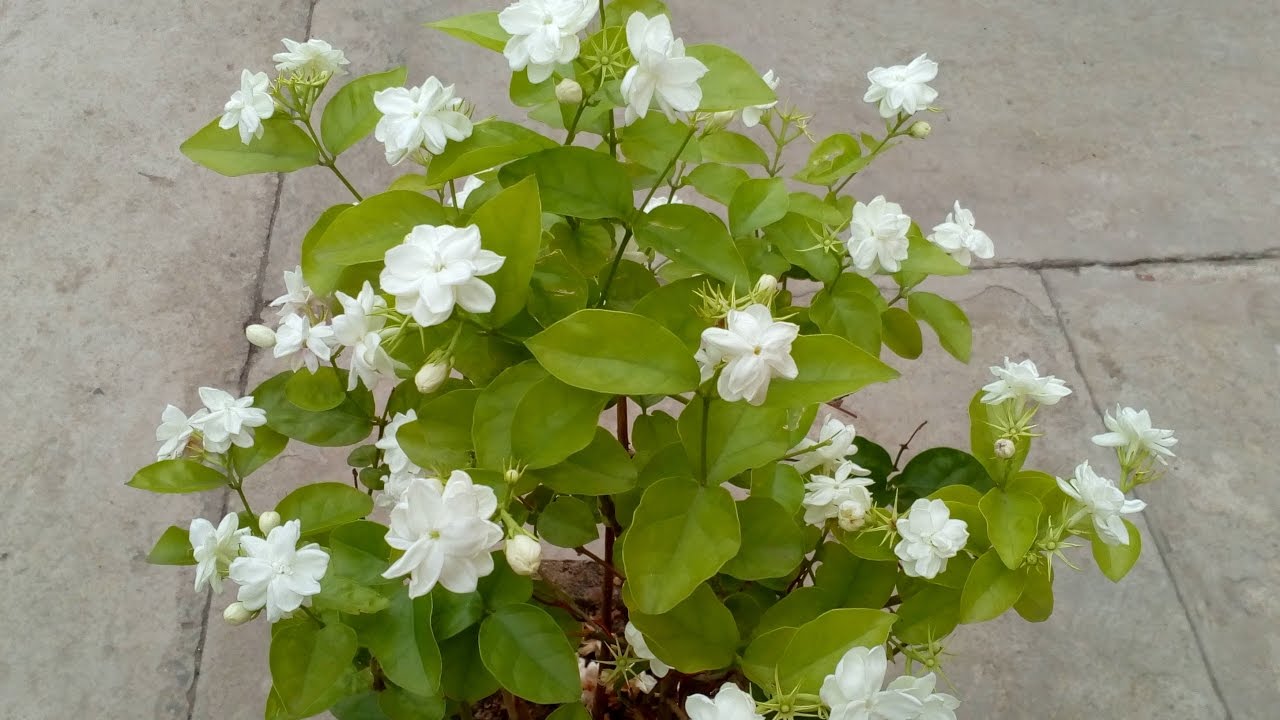

0 thoughts on “How To Take Care Of Outdoor Plants”